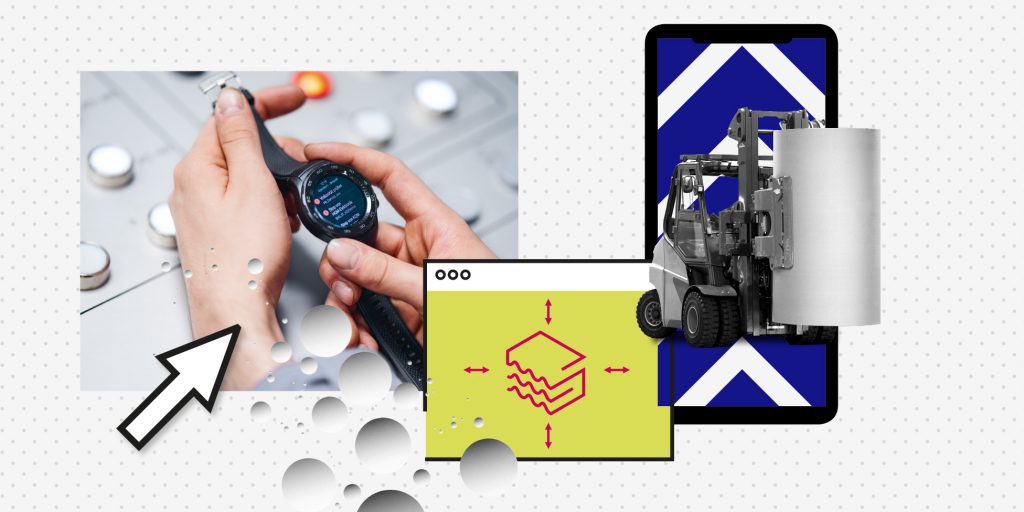From automatic to fully automatic


Automatic operation like on autopilot in an aeroplane was and remains the blueprint for the production machines that operate in Progroup’s corrugated sheetboard plants. How far has this automation progressed? What steps still need to be taken?
Corrugators are complex systems. They can be controlled better by computers than by human brains. “Anything that I can leave to a computer to process should indeed be left to the computer. There is no place for human individuality in this manufacturing process,” is how the situation is described by Jürgen Heindl, Chief Executive Officer of Progroup.
Christophe Haessig, Head of Business Development – Board Technology and Products, adds: “The ideal situation would be that the operator starts the machine on Monday morning and shuts it down on Saturday evening. In between times, he should only need to intervene in the production process on very few occasions. The machine knows what needs to be done – all process steps are implemented in the machine. This is our goal. But we are not quite there yet.”
To achieve this ideal state of affairs, a Progroup team and the machine manufacturer BHS overhauled and expanded the operating system, the “brain” of the corrugators. It controls the machine and all its peripheral equipment. The result is a chain of machine and functional areas which is harmonised down to the finest detail and enables maximum productivity to be achieved.
In the new mega-corrugated sheetboard plant in Ellesmere Port, a version that has been expanded to an even greater extent will be used. The program will support a completely new production process: The machine will manufacture products with a constant working speed. Ellesmere Port will be the first plant to manufacture products at a constant speed of 400 m/min with a working width of 3.35 m.
As is already the case in the other corrugated board plants, a zero defect system will be used. It checks the bonding of the corrugated board and, if any irregularities are found, rejects the corrugated board in question. What is known as board dimension control monitors the thickness of the corrugated board. This allows any possible squashing of the profile to be detected. In addition, the useful width and the score-to-score distances are also monitored.
This machine control raised the question of whether the tasks which still need to be completed could be performed by just three operators. The result of the operator control project confirmed that they could – but only if the machine tells the operators exactly what needs to be done in what order to optimise performance and what needs to be done if faults occur.
The plan in Ellesmere Port is also to use what are known as automated guided vehicles (AGVs), so self-driving reel stackers which will select the appropriate reels for the production plan and transport them to the machine ready to be used. This will remove the need for the fourth man at the wet end. The three man corrugator will then be reality. Following the introduction of the one man dry end at the plant in Plößberg, the three man corrugator represents the next logical stage in development.
How does the corrugator communicate with the operating personnel? Control rooms are being replaced nowadays by what are known as wearables. These are communication devices which the employee wears “on their person”. The processes and instructions are either depicted graphically on small screens or transmitted by voice output to a headset.
The wearables provide the required information to the place where it is needed: to the operator directly. This enables transit and response times to be reduced, and a prompt response helps to prevent waste and rejected products.
With all of these plans, the aspect of preserving and creating high-quality jobs is an important issue. Although on the one hand the number of personnel supervising the machines will be reduced, on the other hand the success, productivity and growth of the company will once again create more highly skilled jobs. Prowell began with a small team back in 1992. Today Progroup provides work for more than 1,100 employees – and this figure is set to increase. Productivity creates the basis for secure jobs.